Trafalgar Square
- Address: Trafalgar Square, Westminster, London WC2N 5DN, Reino Unido
- Tags:
 What to see London,
London,
United Kingdom
What to see London,
London,
United Kingdom
- Telephone: +44 20 7983 4
Trafalgar Square

Trafalgar Square is the most famous square in London, England. With statues in its four corners, it was originally built to commemorate the Battle of Trafalgar which was a huge victory during the war with Napoleon.
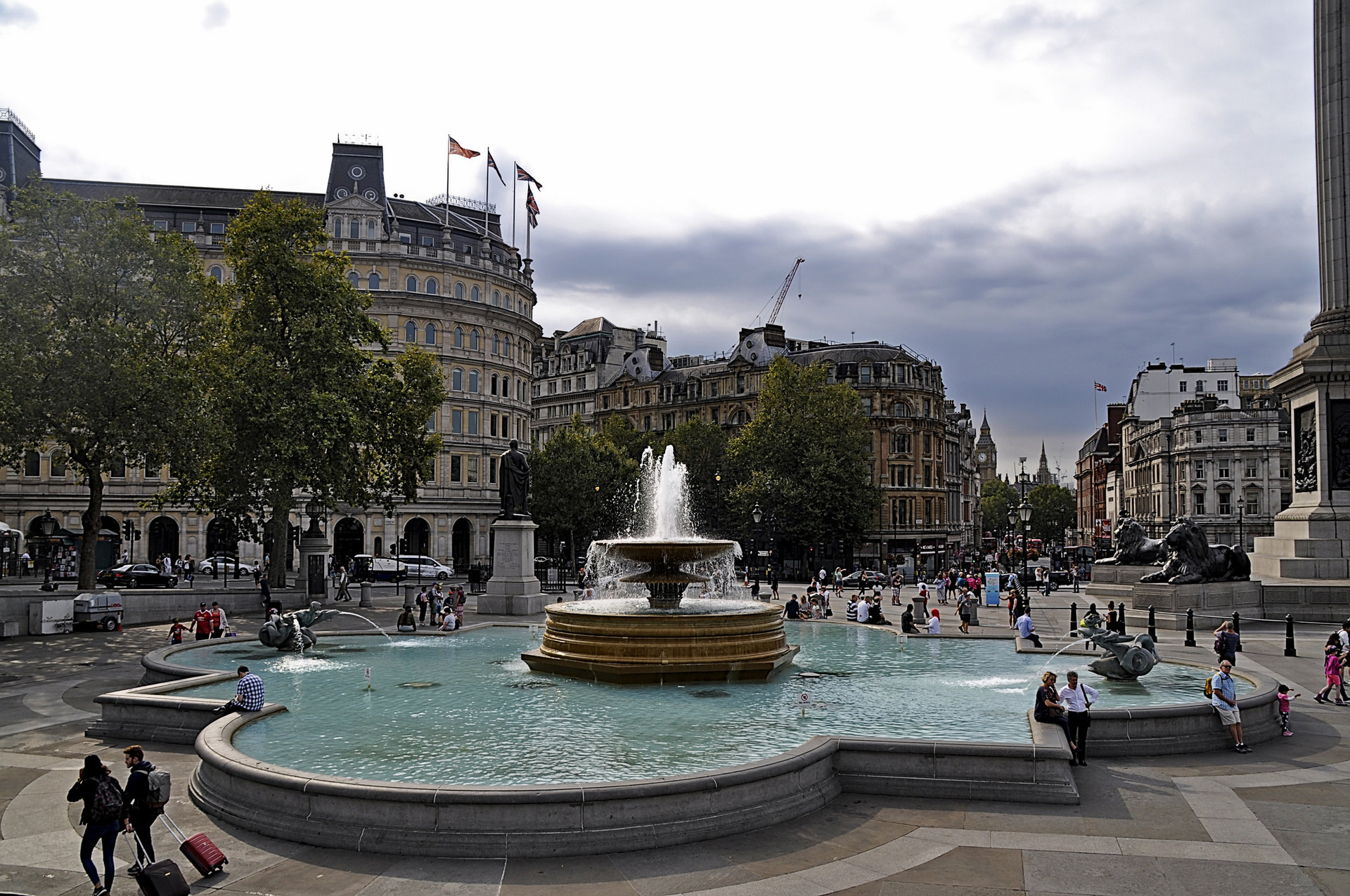
The collumn is one of the most important structures in Trafalgar Square, it represents Horatio Nelson and was built in 1843. It commemorates the death of the Admiral during the Battle of Trafalgar in 1805. The staue is 18ft tall sitting upon a column of 183 metres. The stature of Admiral Nelson faces south towards Westminster Palace. Admiral Nelson was a much-loved hero in his day.
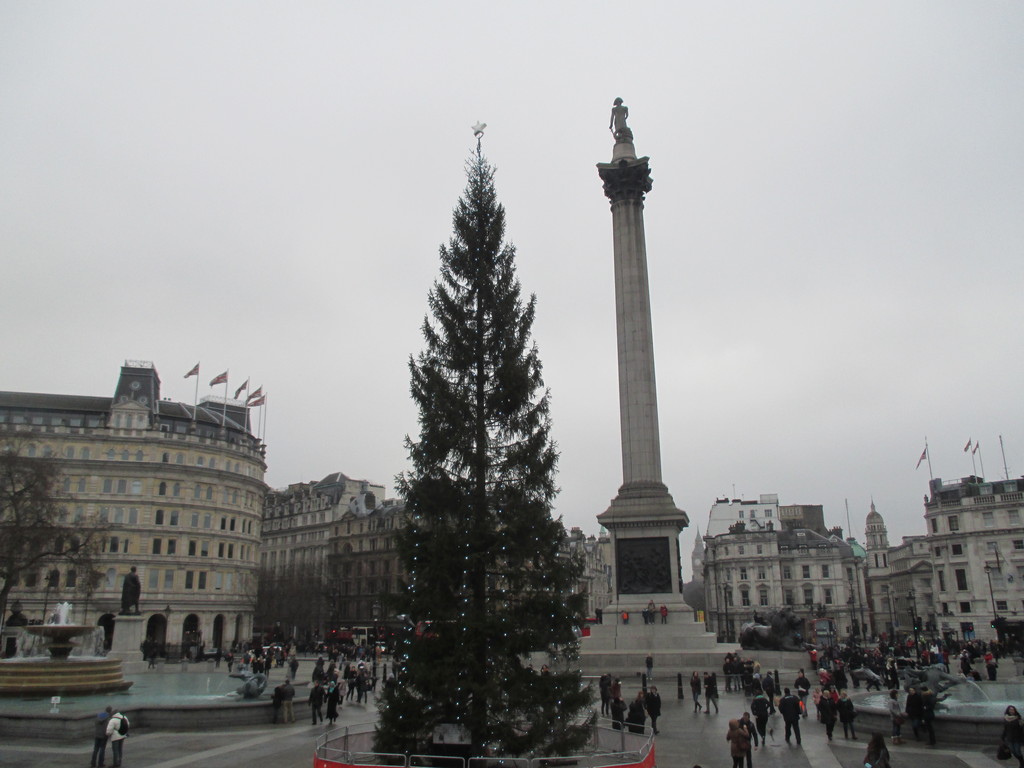
The square itself is surrounded by roads on all sides but the traffic has been reduced in the last couple of years for the safety of the pedestrians who walk there. Trafalgar Square also has a series of interesting structures: four bronze lions made with recycled canons from the French fleet that can be found in the centre of the plaza, below the column of Nelson. Each corner of the square has a place for a statue, but there are actually only three statues there.

Over the years, the history of Trafalgar Square has prompted many works of art to be created, like the blue cockerel that you can see in the previous photo. The original fountain in Trafalgar Square that was designed in 1845 was remodeled in 1939 by Sir Edwin Lutyens. The square has a fountain with sirens and dolphins, all sculpted in bronze. This fountain is not by itself, but constitutes a pair of two fountains.
The history of Trafalgar Square is reflected in the beauty of the statue, but the other thing that attracts visitors is all the pigeons, it is very common to spend time feeding these birds. A very well known photo of Elizabeth Taylor features her feeding the pigeons in 1948.
Another popular attraction here is the South African Embassy, which actually performs the function of the South African Embassy in Great Britain. This change was made in 1961, when South African converted into a republic and was no longer a part of British territory. Until the end of apartheid in South Africa, the Embassy was a controversial place.
Although the South African Embassy no longer is controversial, Trafalgar Square is constantly home to many political rallies, including one of the last ones of Charlie Hebdo in France. The rallies are known to occur underneath the statue of Nelson, at the base of it. The square is also is a great place to go on New Years Eve. Pleasure seekers jump into the fountain and there are huge screens where you can watch Big Ben and the fireworks at the London Eye.
This square is definitely filled with national spirit, as well as being a popular tourist location.
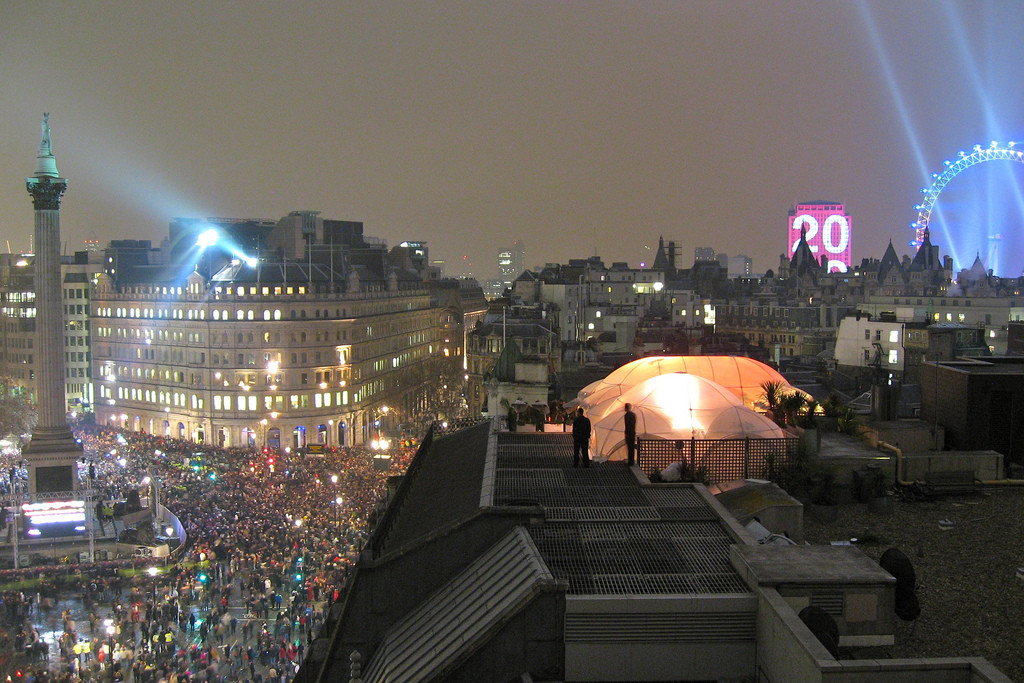
The Trafalgar Lions
As if they were tourists, the four lions perch at the base of Nelson's column in Trafalgar Square, but few know that their creation was delayed by delays and impeachment.
When planning the design of Nelson's column, Nelson's Evaluation Committee had included four lions in the corners of a pedestal. It was intended that the lions were to be made of stone or granite and about 20 feet long, although this idea was not finished. John Graham Lough was to be his sculptor, but the lack of funding prevented it at the same time as the construction of the monument, which began in 1839.
The issue lasted until 1846, when they arrived there were already enough funds available to order the four bases at the base of the column.
In 1858, 12 years later, the House of Commons allocated £6, 000 to the completion of the lions and the intention was to invite six sculptors to present models and one of them would be selected. The Works Board, however, had other intentions and announced the appointment of Sir Edwin Landseer (1802-1873) to carry out the commission. Although Landseer was well known for his animal paintings: deer, dogs, hunting scenes, etc, and was favored by Queen Victoria who commissioned him to paint her and her family, his skill and knowledge of sculpture was questionable. The Times wrote that while they recognize his skill in painting, "Sir Edwin never had a chisel in his hand in his entire life, and never, however, we believe, tried to sculpt anything. "
There were more delays caused by financial problems and Landseer's bad health. Journalists mentioned a scandal and a national disgrace and the lions became a bit of a joke. There was confusion over an additional cost of £11, 000 that was required for its foundation that had been lead by the baron Carlo Marochetti, the sculptor.
Finally, on the 31st of January 1867 the bronze lions were given to Trafalgar Square. The Times, who had been quite scathing about the situation a couple of years ago, were very complimentary. Reynolds newspaper wrote that "although it is admirable in many aspects, it has certain obvious flaws". It was thought that the character was more like sphinx than a lion. Other critics were very pleased that the whole thing was finally finished.
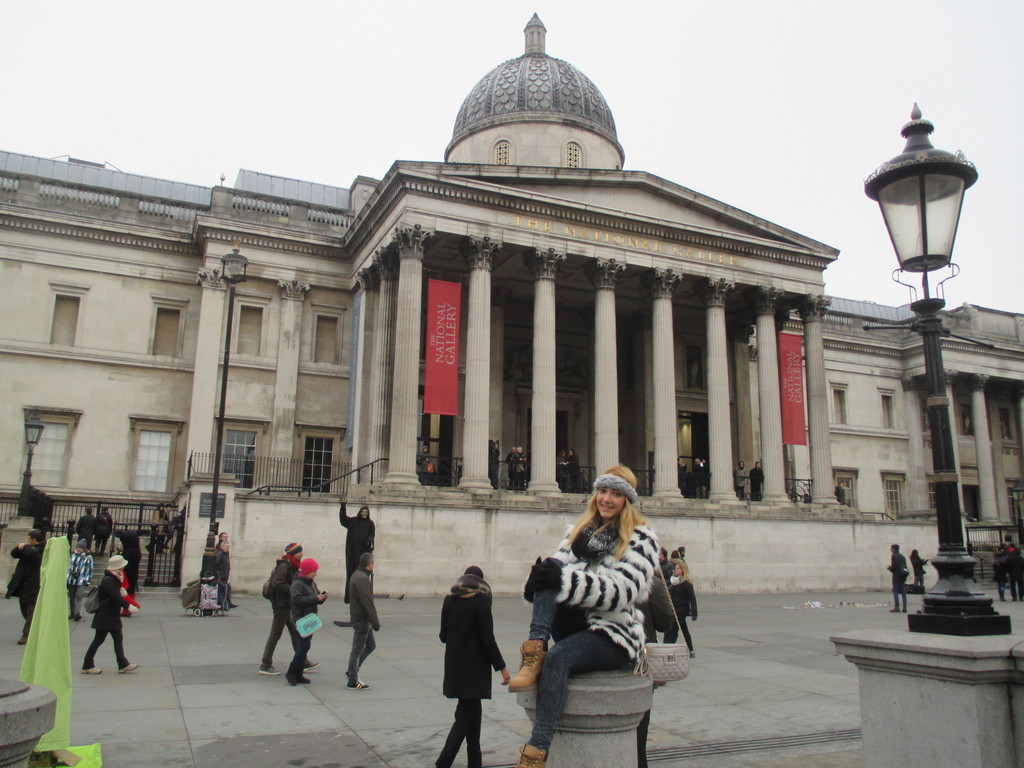
The National Gallery
The crown jewels of Trafalgar Square, the National Gallery of London is a huge space filled with Western European paintings dating back to the 13th century all the way to the 19th. The works of art are displayed in a chronological order. In this emblematic art gallery, you can find paintings by renowned masters such as Van Gogh, Leonardo da Vinci, Botticelli, Constable, Renoir, Tiziano and Stubbs.
At the start of the 19th century, King George IV realised that many other european citties has opened Impressionist art museums to the public like La Louvre in Paris, the Museums in the Vatican in Rome and the ones in Uffizi in Florence.
George IV did not want Great Britain to be left behind, so in 1824 the government bought the house of the recently deceased John Juluis Angerstein, a rich banker and collector of Russian Art. The buy included a valuable collection of thirty or forty paintings by well-known painters like Rembrandt and Rubens. The works were originally shown in the residence of the banker in Pall Mall.
strong> Over the years the collection was extended into one of the most prestigious in Europe. More than 2, 300 paintings are now on display in the monumental building in Trafalgar Square.
The neoclassical building that houses the museum was completed in 1838 after a highly criticized design by the English architect William Wilkins.
It was planned to replace the building, but it was never carried out and in 1876 the museum was expanded with a new east wing. Plans for a new expansion were launched in the mid-1980s, but modern cladding did not convince many people, particularly the Prince of Wales.
The main entrance to the museum can be found in the Sainsbury wing, to the left of the main building where you can find the oldest paintings like works by Giotto y Jan van Eyck. The late Renaissance style that Titian, Michelangelo and others worked from can also be found in the west wing. 17th century paintings from Italy, Flanders, Spain and the Netherlands are shown in the north wing and features works by masters such as Rubens, Van Dyck, Rembrandt and Caravaggio. Paintings from the 18th and 19th centuries are exhibited in the east wing, where mainly Impressionist and post-impressionist works of artists such as Van Gogh, Seurat and Renoir are found.
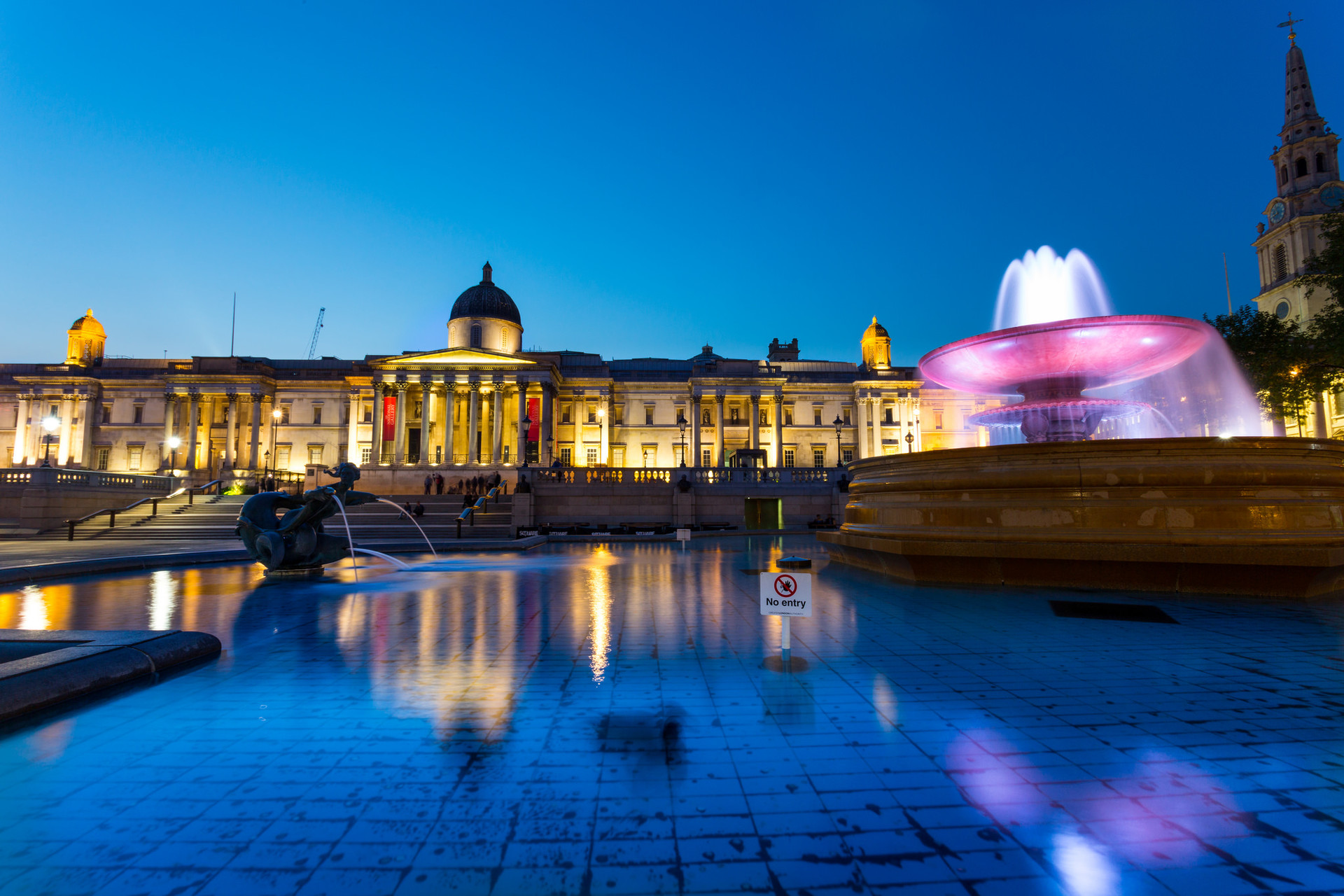
Photo gallery
Content available in other languages
- Español: Trafalgar Square
- Italiano: Trafalgar Square
Rate and comment about this place!
Do you know Trafalgar Square? Share your opinion about this place.






















